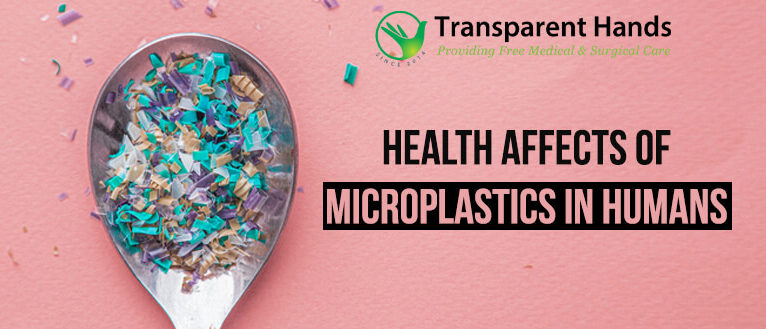Harmful Are Microplastics to Human Health. Microplastics have recently raised their concerns towards the human health. Discovered in foods we consume, the water we drink, and indeed the very air we breathe. Microplastics are plastic particles that are 5mm in diameter or smaller thus originating from the breakdown of other plastics. Recent studies into the particle reveal that these small particles possess some profound impacts to our health. So just how noxious are microplastics to human health or welfare?
What Are Microplastics?
These are formed as other minuscule plastic articles such as bottles or bags. Break down as a result of exposure to sunlight, water and when worn out. They are now present in nearly every environment on our planet, be it in water. In the depths of oceans and rivers, in soil, and finally in human organism. As ubiquitous as they are, microplastics find their way into our body through consumption, inhalation, and use of products we apply on our bodies.
1.Physical and Chemical Toxicity
Moreover, microplastics can be considered as a potential threat to human health physically, as well as chemically. Also, physically they form deposits in the liver, kidneys and lungs among other body organs. Microplastic chemicals based on the kind of chemical differ and they include heavy metal, pesticides, and flame retardants. These chemicals also become a danger to the human endocrine system once they enter within the anatomy and further complicates the hormonal and reproductive system.
2.This paper focuses on inflammation and the immune system
Research has found out that microplastics when ingested can elicit an immunological reaction. When the immune system incurs these foreign particles, it can cause inflammation. Inflammation has negative consequences on the overall wellbeing of an individual, and can cause autoimmune diseases, cardiovascular diseases, and certain types of cancer. To which degree these particles are inflammatory differs, however potential long-term build-up is problematic.
3.Effect on Gut and Microbiology
Microplastics can influence both the qualitative and structural characteristics of the complex microbial ecosystem and the functional output of that ecosystem in the human gut. Probiotics are those that act as the friendly bacteria that planning and help in digestion. Nonetheless, microplastics can disrupt this situation and lead to diseases such as inflammatory bowel disease and other metabolic disorders.
Is there danger to human health from Microplastics?
As of now, there deserve further investigation for now; early research indicates that microplastic in our food and water poses a threat to human health. Just how toxic are microplastics to people in special? For the moment, they continue investigating the later consequences and one must reduce the usage and disposal of plastics in order to avoid these risks.
For the curiosity “how much of a threat does microplastic pose to human health?” still unpredictable but worrisome. Measures taken to minimise contact with plastics and hence plastic pollution can be the way forward to a more protected future health.
Domestic and International Statuses of Regulating Microplastics
| Country | Effective date (year) | Regulations |
| United States of America | 2014 | Illinois and first ban on michrobes in Persernl care producrs |
| 2015 | Microbeads in cosmetic products prohibition in states such as California, New Jersey, New York, etc. | |
| Canada | 2016 | Announcement of a ban on the use of microbeads for exfoliation and cleansing products |
| New Zealand | 2018 | Prohibition of the manufacture and sales of personal care products containing microbeads |
| Northern Ireland | 2019 | |
| Italy | 2020 | |
| UK | 2021 | |
| Sweden | 2019 | Announcement of amendments to acts regarding the use of microbeads in cosmetic products |
| Taiwan | 2020 | Announcement of amendments to acts regarding the use of microbeads in cosmetic products |
| Korea | 2017 | Designation of microbeads as raw materials that cannot be used in cosmetic products |
| 2019 | Preparation of a test method for detecting microbeads in cosmetic products by the Ministry of Food and Drug Safety in Korea | |
| 2021 | Specific regulations for microplastic contents in some household chemical products : cleaning solutions, deodorant agents, laundry detergent, bleach, and fabric softener |
Conclusion: Assessing the Risks
As the material becomes more prevalent, the question of just how toxic microplastics are for human beings is still unanswered. More research is still being conducted but avoiding plastics as much as is possible should be encouraged. Applying no-use policy for plastic microbeads and supporting the movements that prevent the usage of microplastics could be valuable for the health improvement of people.
